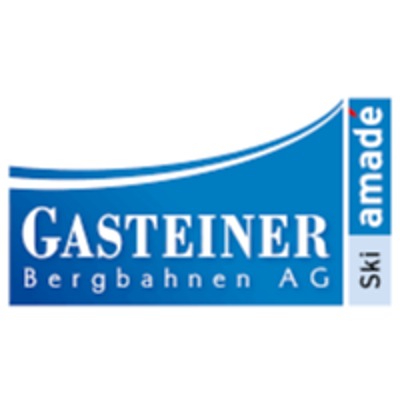Doppelmayr: New Installations For The Winter Season 2021-22 In South Tyrol

The systems implemented in South Tyrol are geared towards efficiency, safety, sustainability and innovation.
New aerial tramway from Tiers to the rose garden
From winter 2021/22, the new cable car with cabins for 60 people will be in operation on a 3.7 km long route between the Tierser Tal and the Rosengarten. From St. Zyprian, 400 people per hour and direction of travel can reach the Frommer Alm in the Carezza ski area and the Rosengarten hiking area in just eight minutes. The project, which was conceived under the guiding principle of sustainability, should enable the further development of tourism in the valley and at the same time reduce car traffic on the Niger Pass. The new aerial tramway, planned and implemented by Doppelmayr Italia in Lana, is due to be inaugurated in mid-January 2022.
Safety and respect for the environment
The double rope system chosen for the new cable car has the great advantage that the ropes are stabilized by riders distributed along the route. This significantly reduces the lateral movements of the ropes even in strong winds (up to over 80 km / h), which increases safety and driving comfort. As with the König Laurin gondola lift, which was built in 2020, the valley and mountain stations will be underground; the stations will literally disappear under the meadows so that only the entrances and exits to the cabins are visible: an idea by the famous South Tyrolean architect Werner Tscholl, who designed the project. Movable platforms in both stations automatically move back and forth to allow the arriving cabins, which means that the width of the station structures can be reduced.
Panoramic balcony
The Tiers cable car will be the first in Italy and one of the few worldwide with a panoramic balcony on the cabins. This enables 10 people to spend the ride outdoors and enjoy the view of the rose garden "with the wind in their hair".
Safety first
The new aerial tramway is the second to be equipped with the so-called "integrated rescue". This ensures that the cabins can be brought back to the stations, even in the event of technical malfunctions, without the passengers having to be roped down or evacuated with rescue vehicles. Every system of this type is analyzed and rethought in all its main components, and all elements that could potentially fail are designed redundantly or technical solutions are developed to guarantee the movement of the vehicles even in emergencies. There are also cameras, microphones and intercoms between the cabin and the control room. The now notorious potting cones on the drive of the cabin have also been eliminated,
Kanzel cable car in Sulden
The new Kanzel gondola lift replaces a fixed-grip chairlift in the Sulden ski area that served the "Kanzel" and "Rosim" slopes. Thanks to the different levels of difficulty of the slopes, this area is very popular with skiers and especially well attended in the afternoon when the slopes are in the sun. Due to its location at the bottom of the valley, this facility can be used by skiers to ski in an area protected by the forest, especially on days with unfavorable weather and wind, which prevent the ascent to Madritsch. This cable car is a D-Line system of the last generation, which is particularly characterized by its low noise, comfort and environmental protection. Great emphasis was placed on a new design with optimal equipment in connection with technical innovation. For the comfort of passengers and staff, this new generation of cable cars was designed with extremely low noise and vibration levels.
Sustainable development with cable cars
When developing projects, Doppelmayr engineers place great value on space and resource efficiency. In the mountains, this means above all the harmonious integration of the cable cars into the landscape and the saving of energy. As a means of transport, even in cities, the advantages of the cable car are obvious. The emission-free electromobility with minimal space requirements gives the cable cars considerable advantages over other modes of transport in terms of sustainability. To make this as transparent as possible, Doppelmayr has developed a CO2 calculator that provides project-related life cycle analyzes (LCA) and life cycle assessments.













